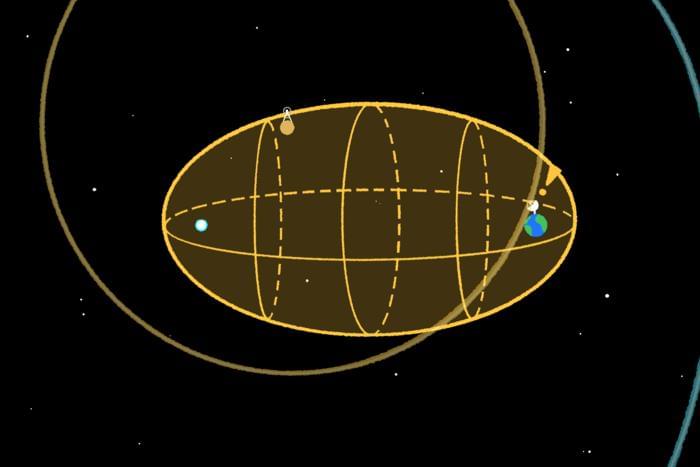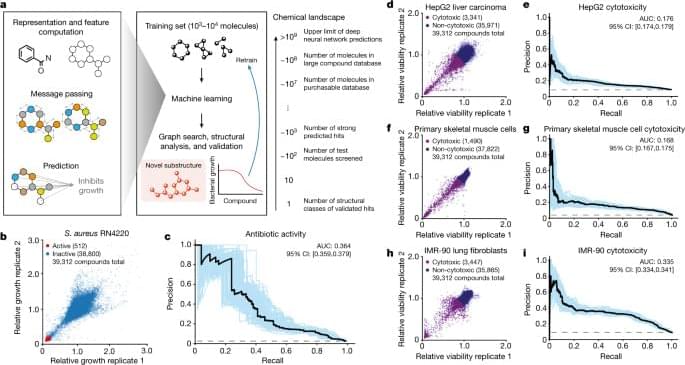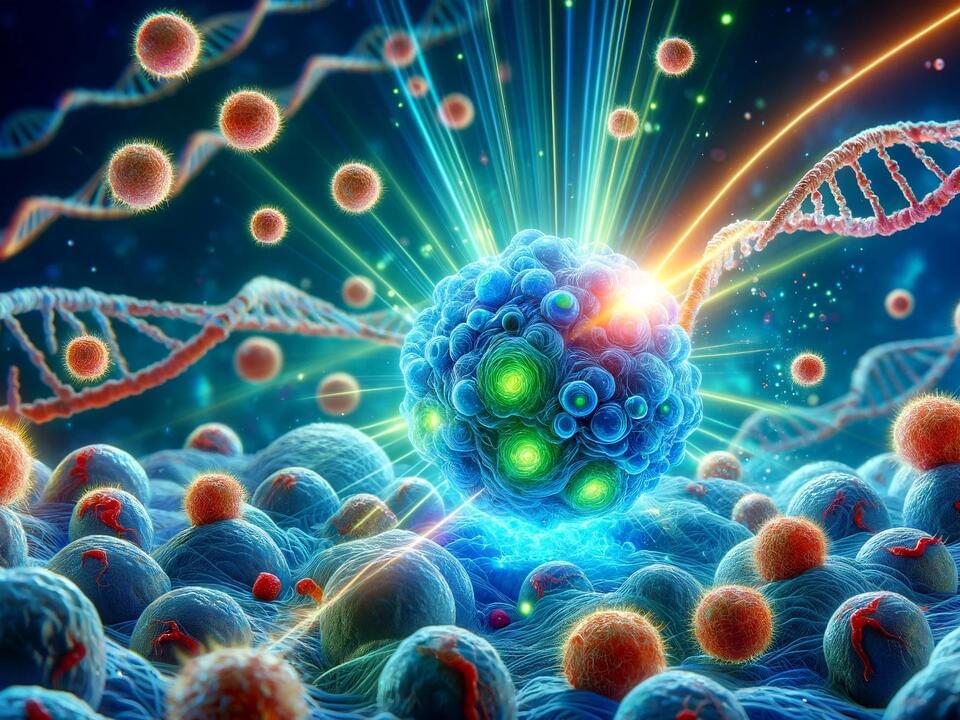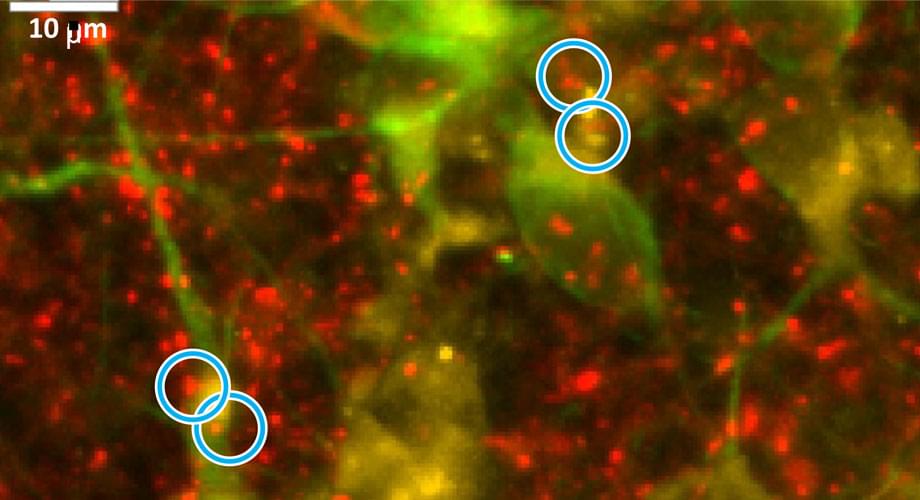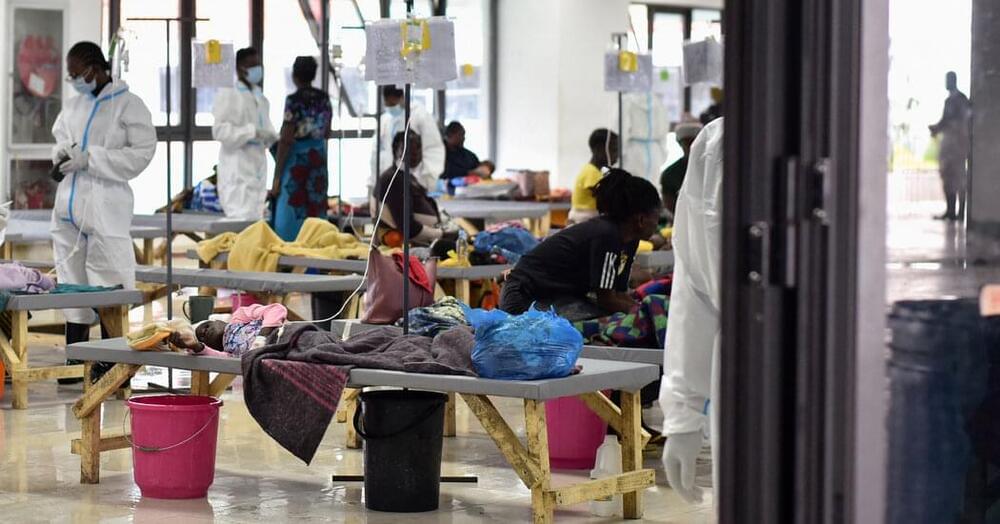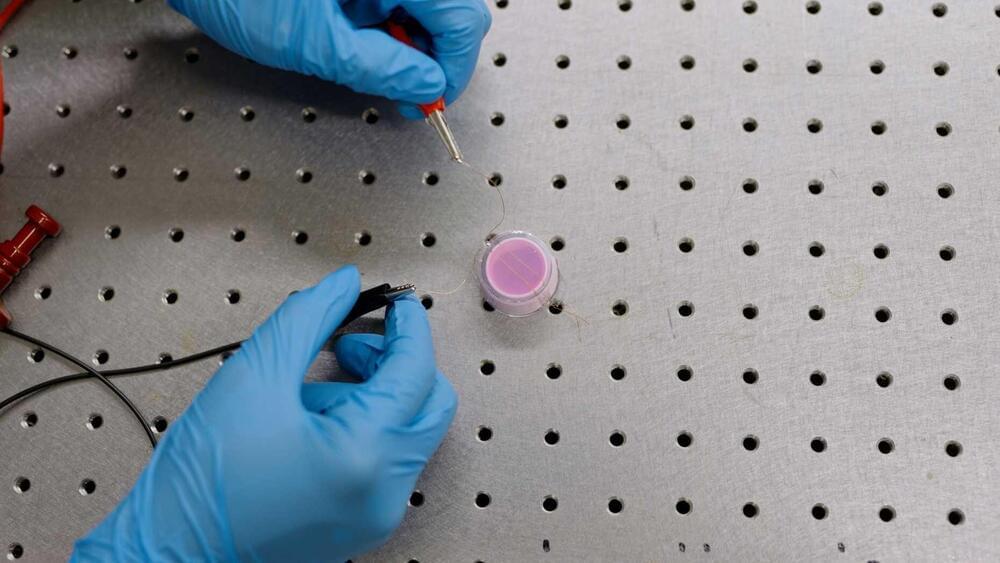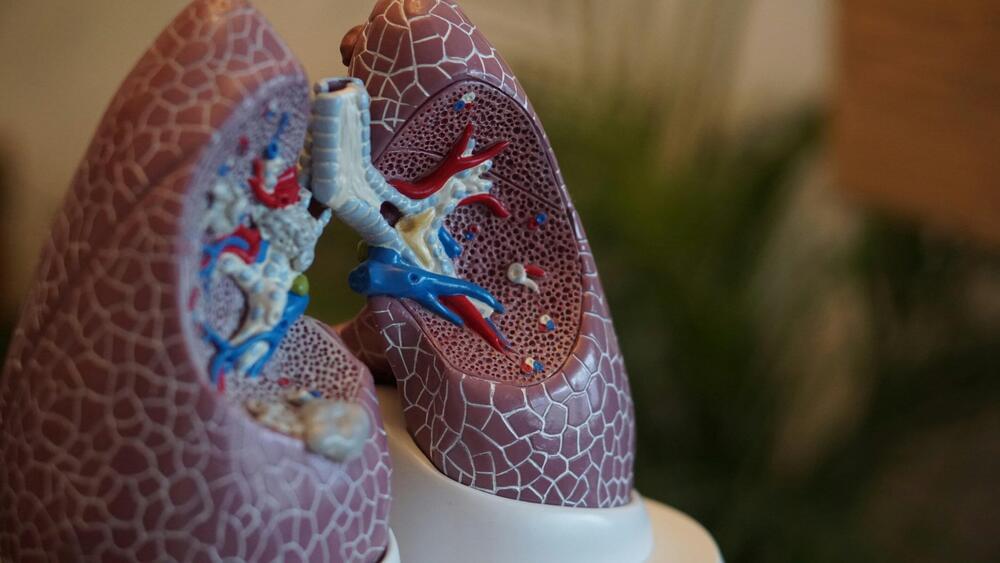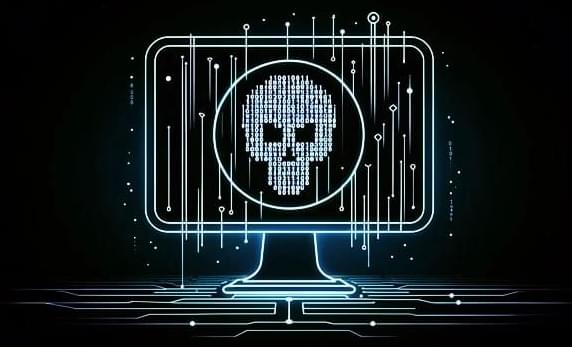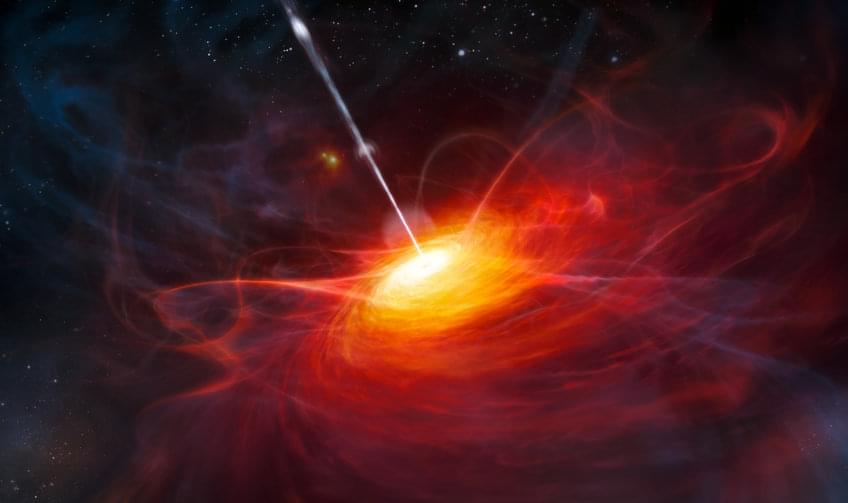Feb 13, 2024
Can Technological Civilizations Move Stars?
Posted by Dan Breeden in category: cosmology
Sergey Brin, the brilliant Tech billionaire who co-founded Google, is building an airship at a cost of 250 million dollars, that would allow him to carry his home to wherever he goes. Could this concept be extended to the solar system as a whole? Might we want to take the Sun with us for a ride through the Milky Way galaxy?
Ecclesiastes 1:9 argued: “there is nothing new under the sun.” This gloomy perspective need not be true forever. With a few more centuries of science and technology, our civilization might develop a stellar engine that propels the Sun and allows us to travel with it through the Milky Way galaxy and beyond.
Continue reading “Can Technological Civilizations Move Stars?” »

